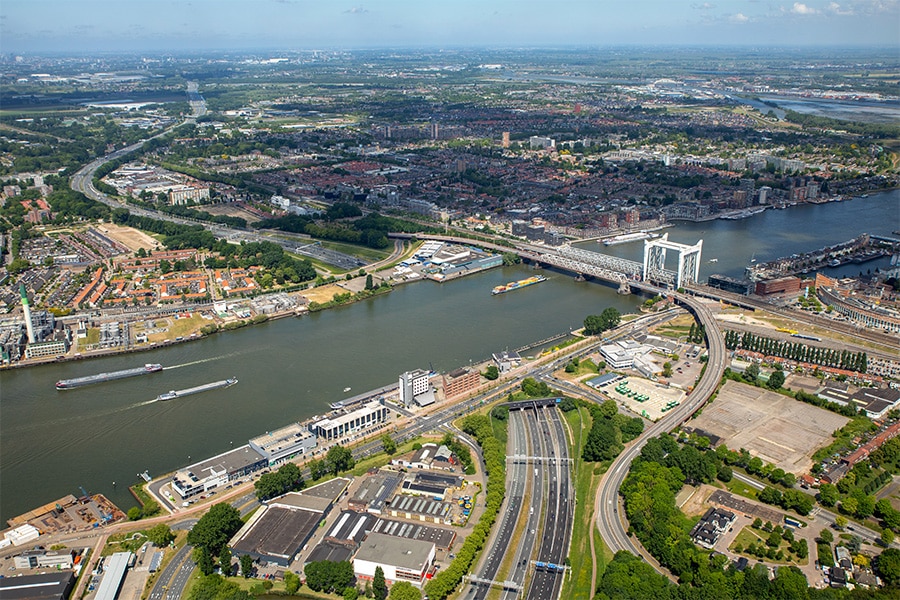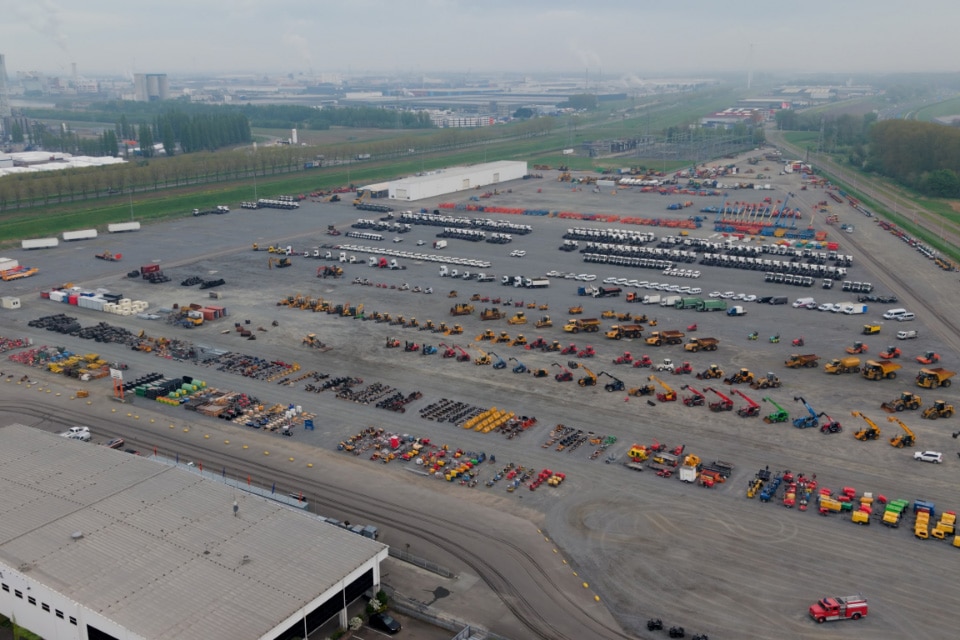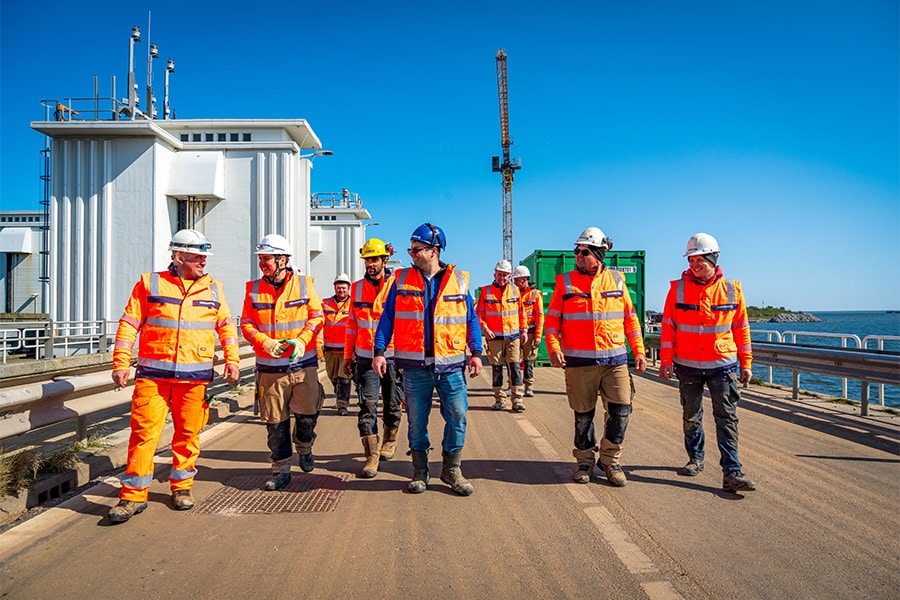
Diverging Diamond Interchange: a piece of American traffic insight on Dutch soil
Exactly one year ago we wrote about the creation of the braided diamond interchange in the RijnlandRoute. This 'Diverging Diamond Interchange', or 'DDI' for short, was chosen to promote traffic flow on the N206 during the work on the RijnlandRoute. This system - adopted from America - has been in use since May 27, 2019 and has temporarily changed the traffic situation at the Leiden-West junction.
Since a DDI theoretically offered a perfect solution, but would create a completely new traffic situation by Dutch standards, construction consortium COMOL5 wanted to leave nothing to chance. Angelo van Turenhout of MAP Traffic Management was consulted on this as a traffic expert. Soltegro was commissioned to virtually test this new solution, identify risks and suggest improvements to avoid risks in order to ensure smooth traffic flow. A simulation had to be created of the intended braided diamond connection that would be supportive of the decision-making process.
How does the DDI work?
Since the inauguration, traffic has been sorting to the left at the Leiden-West junction for 2.5 years at an earlier stage. In this situation, traffic travels along a short length on the left side of the road, where it is properly directed thanks to traffic lights, lines, traffic signs, barriers and visibility screens between the lanes. Fewer intersections take place, allowing traffic
continue to flow safely and properly during the work on the RijnlandRoute. The A44 will remain open during the work.
Soltegro employees Franc Fouchier, systems engineering & innovation manager, and Alexander van der Kolk, technical innovation lead, further explain the course of events. Van der Kolk: "In less than 12 weeks last year, we set up the simulation with a sharp focus on what was needed. We developed an application using BIM. This simulation functioned so well that several areas for improvement surfaced. For example, we adjusted the sharpness of curves, rerouted routes, adjusted signage and repositioned lines. These changes were eventually implemented in the BIM model." To which Fouchier adds, "Less signage proved to be the key to making this brand new traffic situation pleasant and safe to use."

This simulation functioned so well that several areas for improvement emerged.
Testing as realistically as possible
It was of utmost importance that the virtual test environment be as realistic as possible. The tests were conducted very realistically, in a driver's seat with three screens and with 360˚ VR goggles. "With just a realistic testing environment, however, you're not there," notes Fouchier opined. "Just as important are the people you have running the tests. That's why 'special groups' were created.
in which each group served an interest. Among them was a group with an officer of
justice and competent authority regarding traffic situations. There was also a group with future users of the DDI, which included people from the surrounding area, drivers who, for various reasons, would be using the braided diamond connection on a daily basis with different transportation."
Well tested means well laid out!
"The digital provability of issues prevented failure costs on the back end. This proved how accurately the simulation performed. The tests proved conclusively that everyone in the simulation automatically drove in the right direction. This allowed us to implement this unique, temporary
solution of COMOL5 thus validate it as good," Fouchier said.
The DDI in the RijnlandRoute has been in place for a year now and this special temporary traffic measure is being used every day. The province of South Holland and COMOL5 deserve praise for daring to introduce this new traffic solution for the Netherlands as a temporary measure and for the fact that the decision making process was very thorough. Thanks to the DDI, there is actually less inconvenience and more safety, both for road users and for people working on the road.



